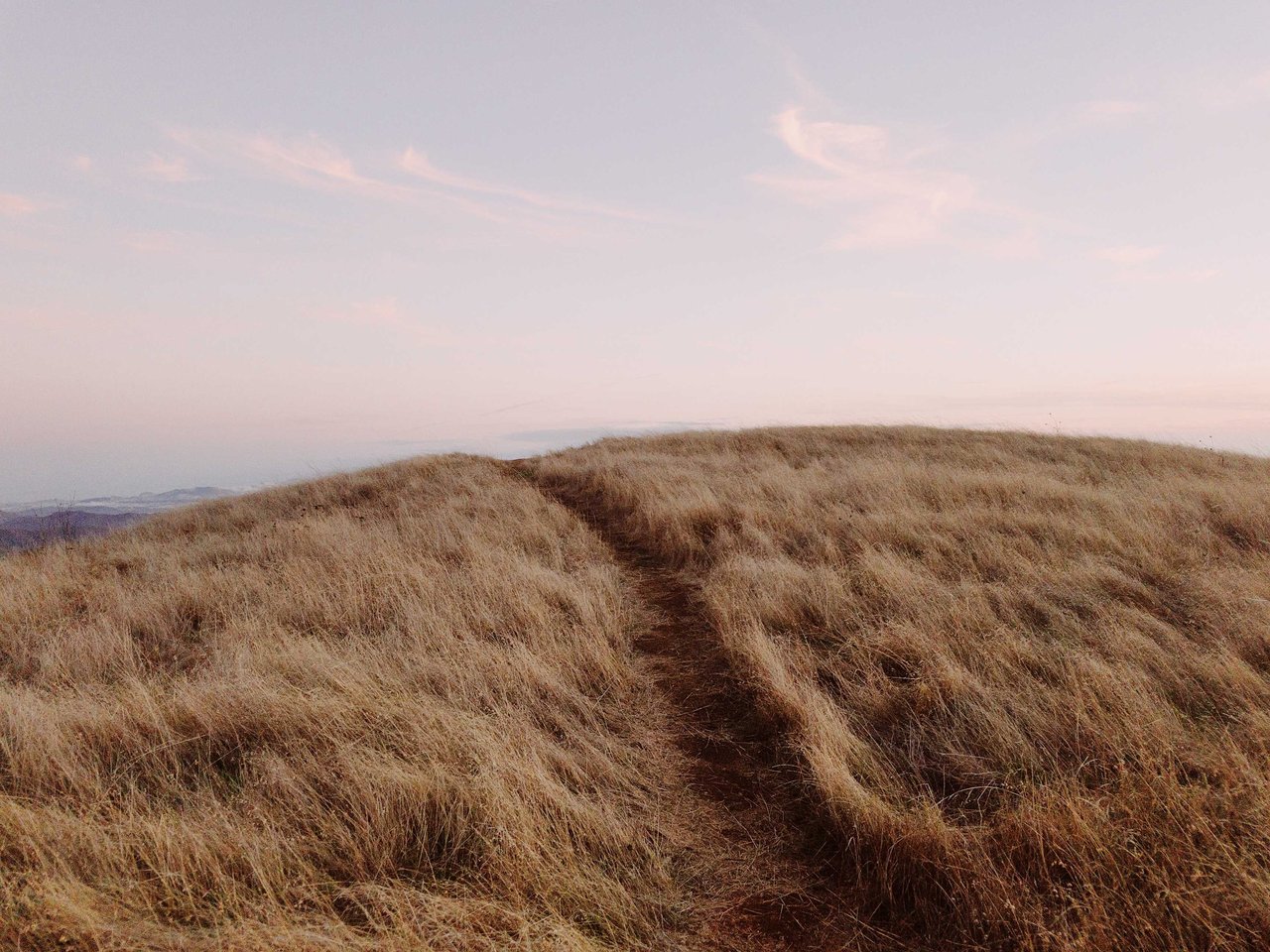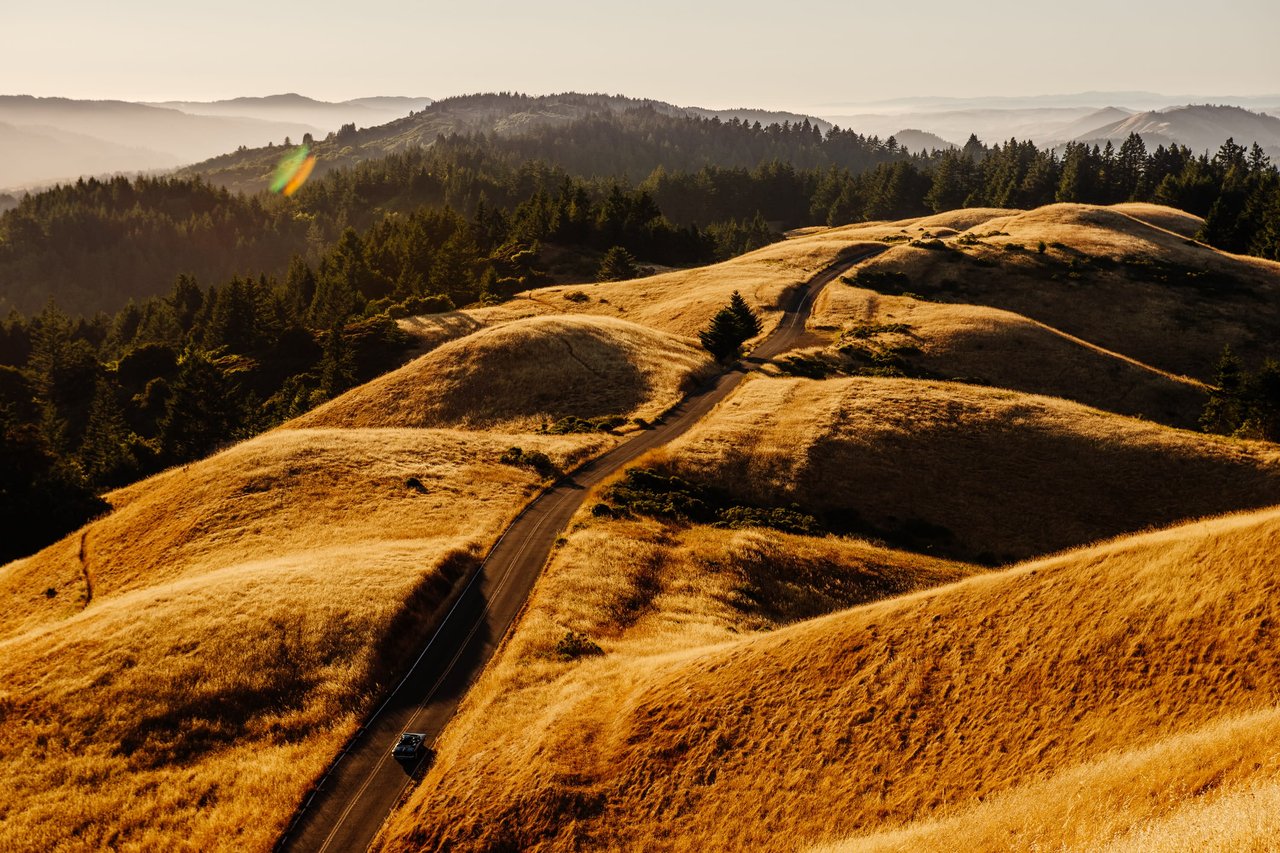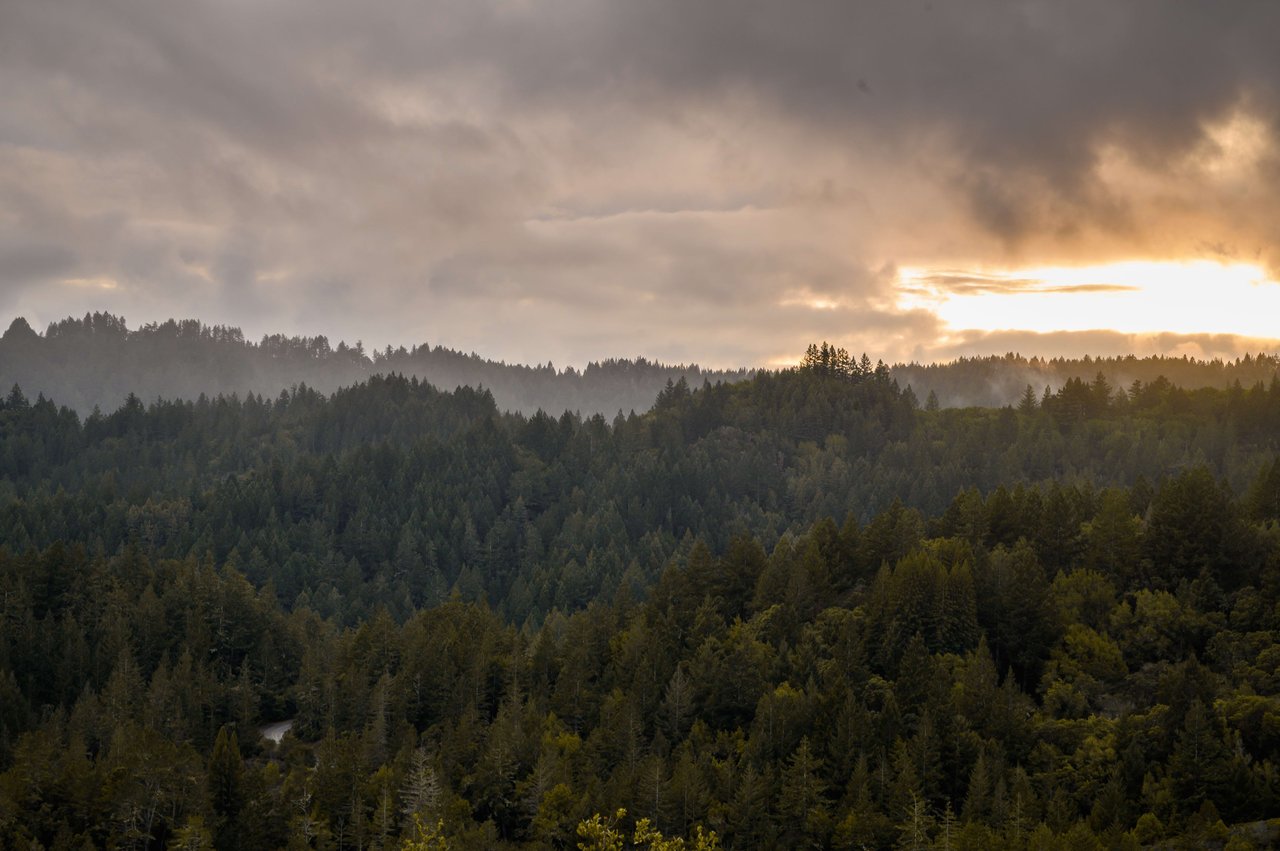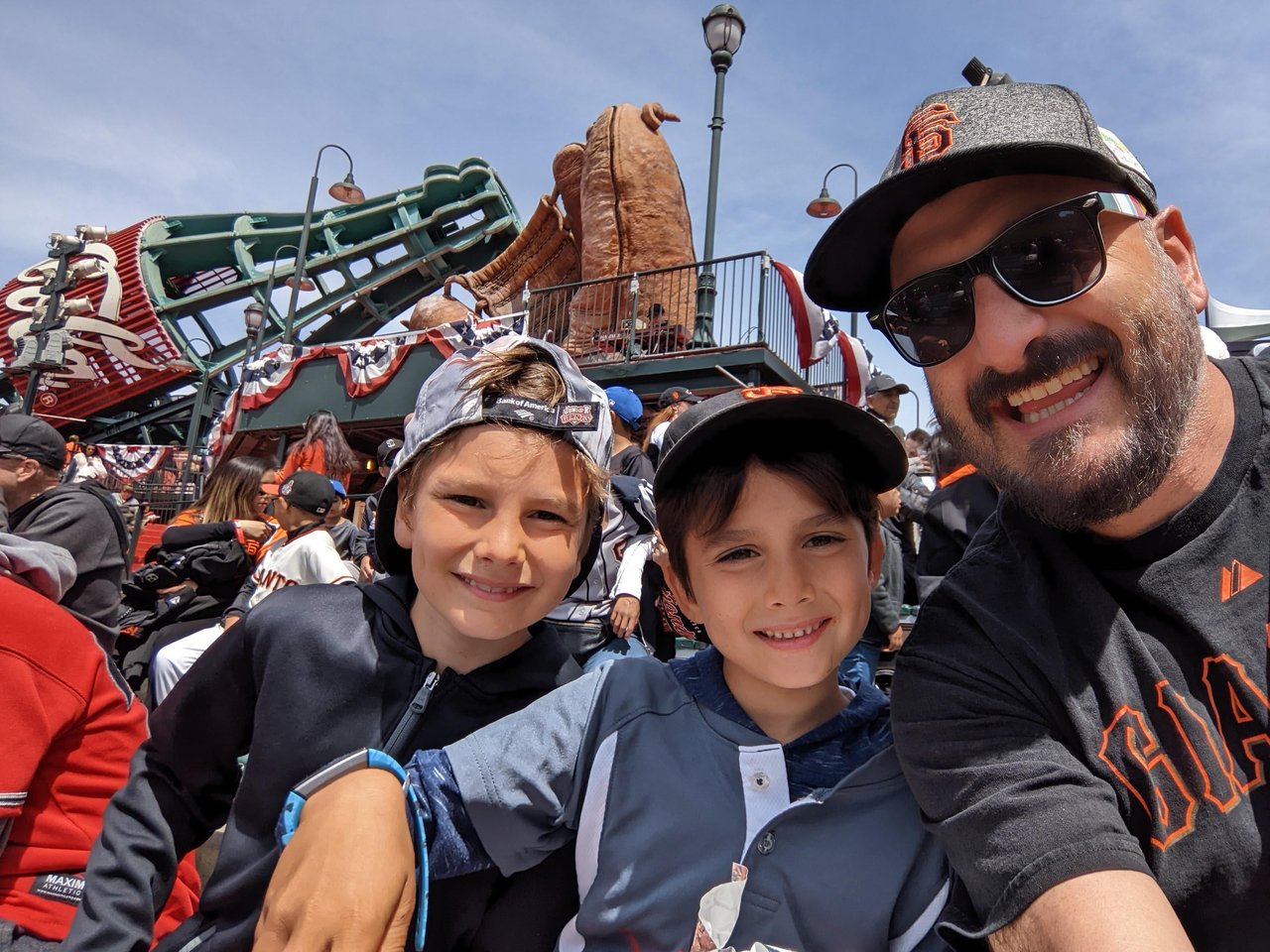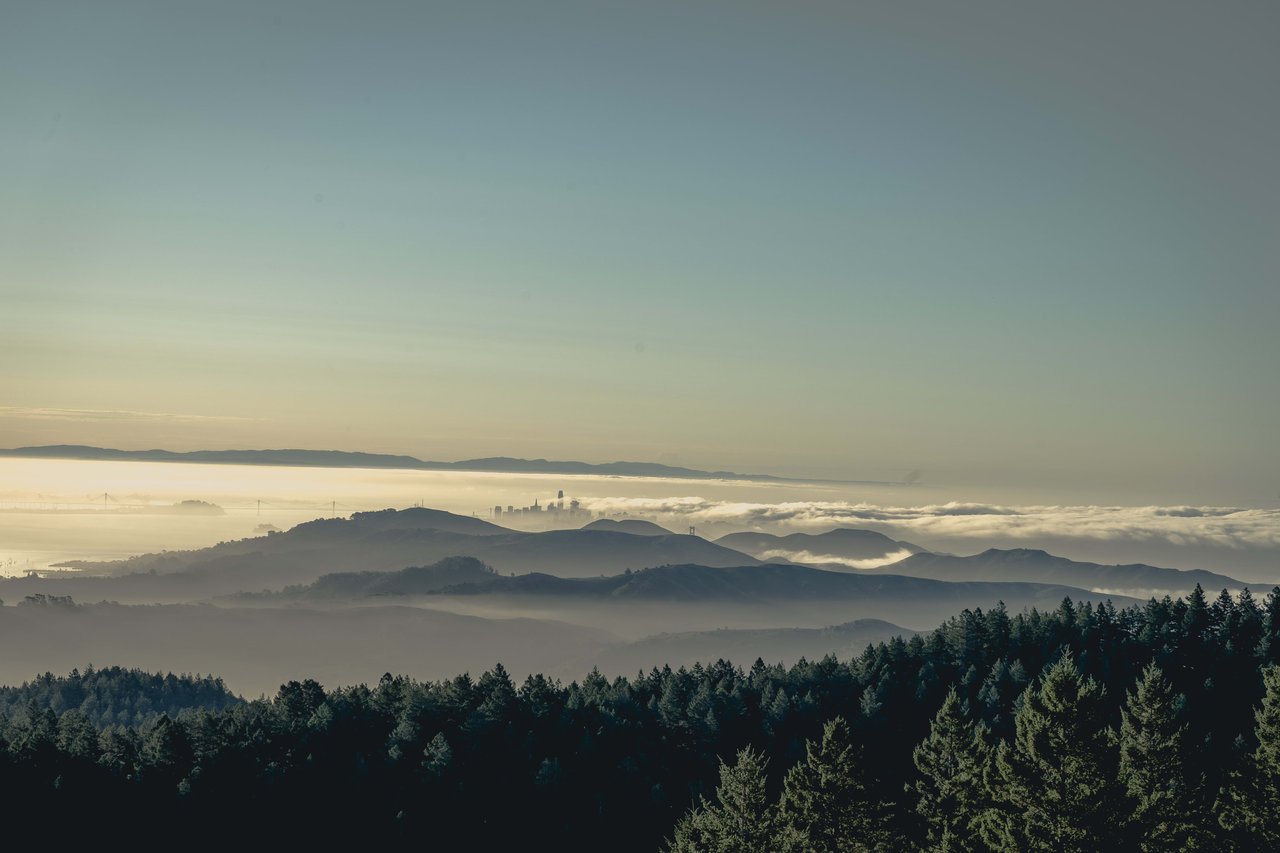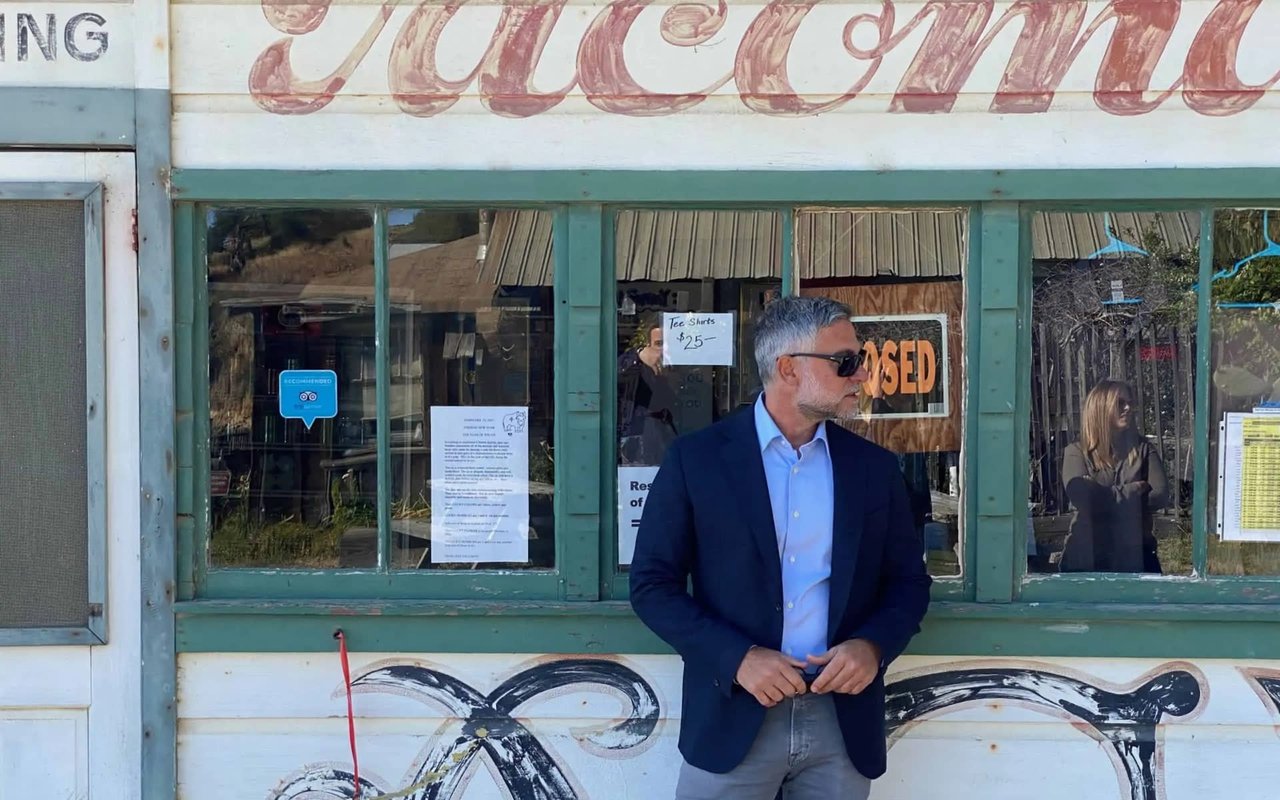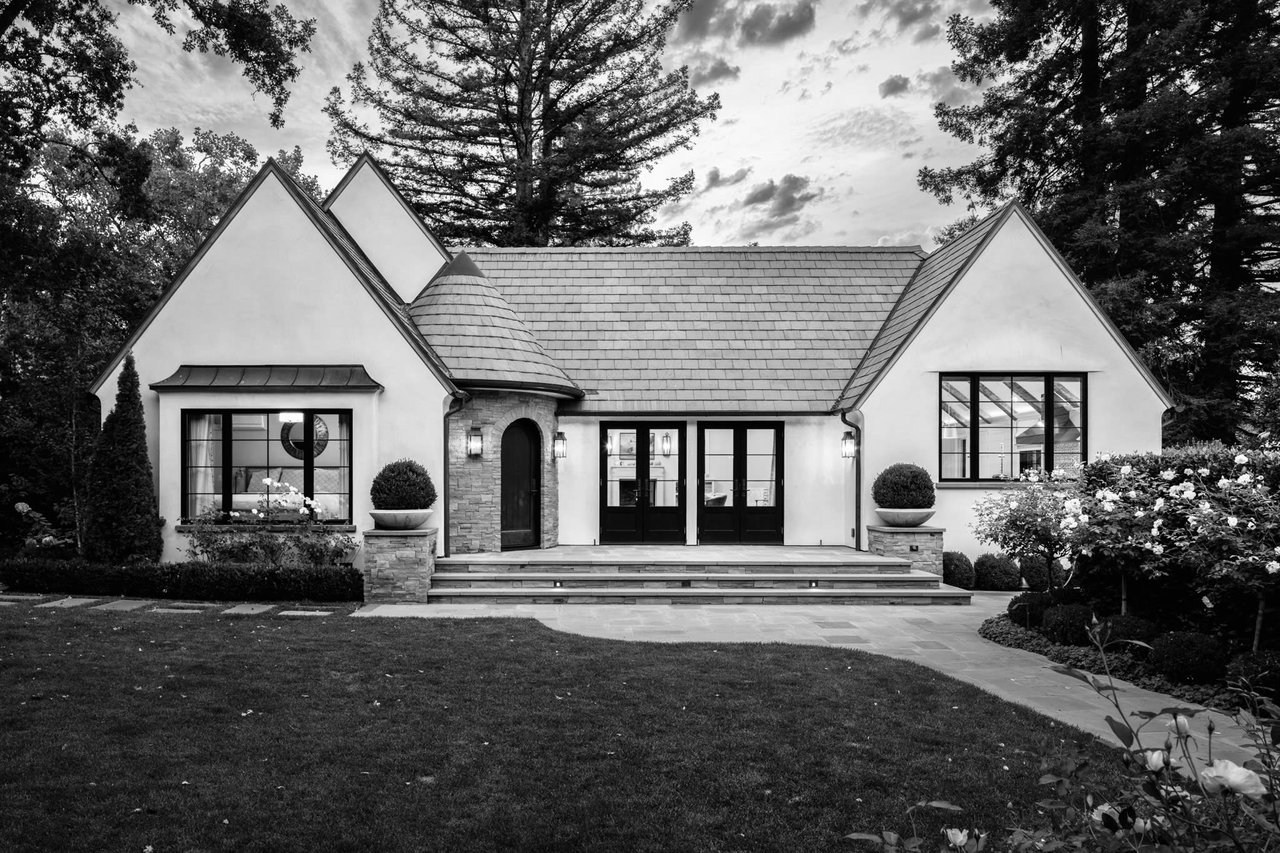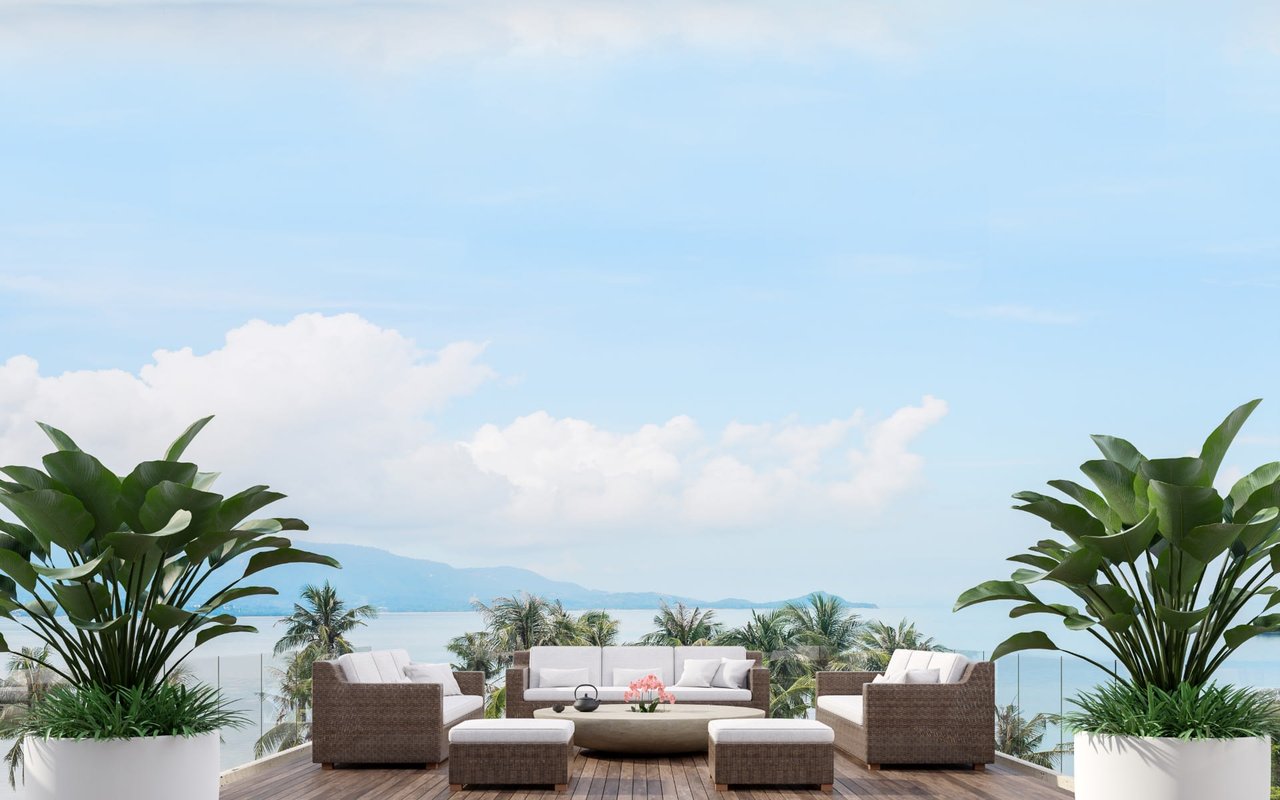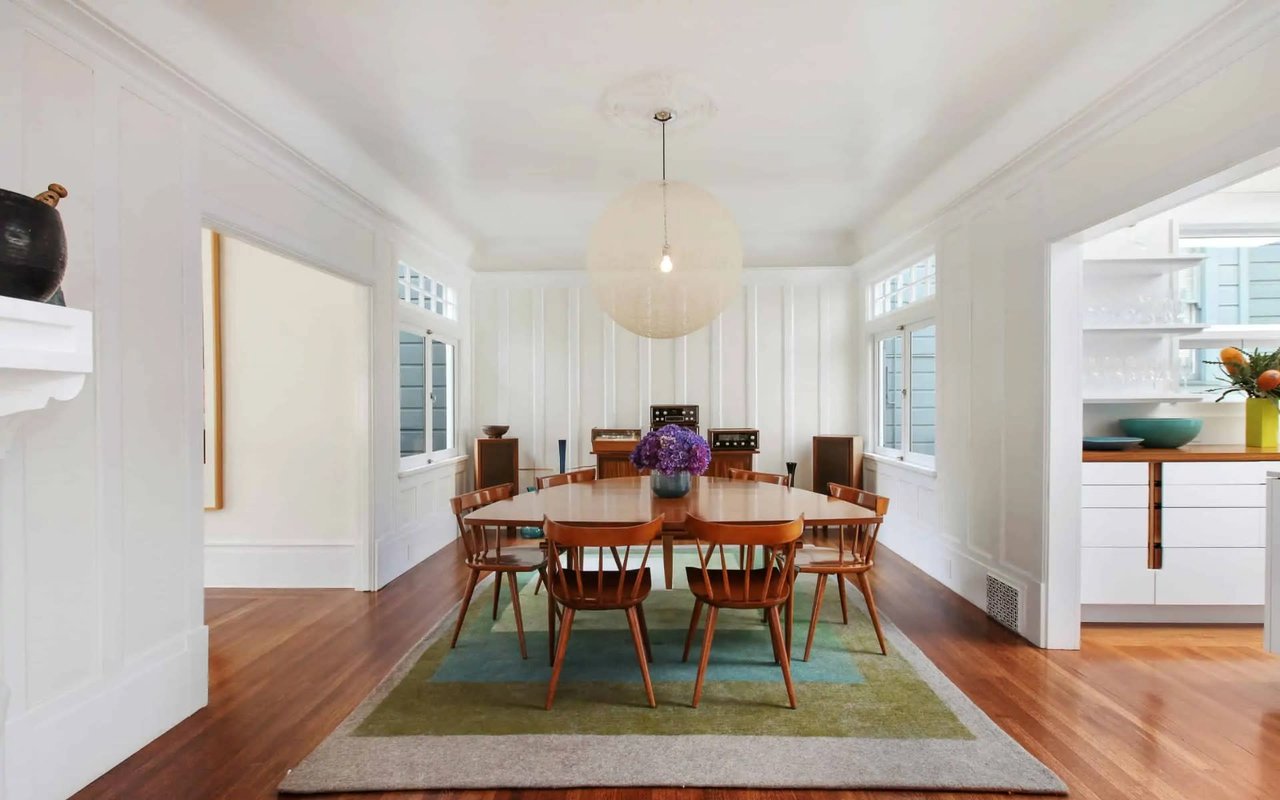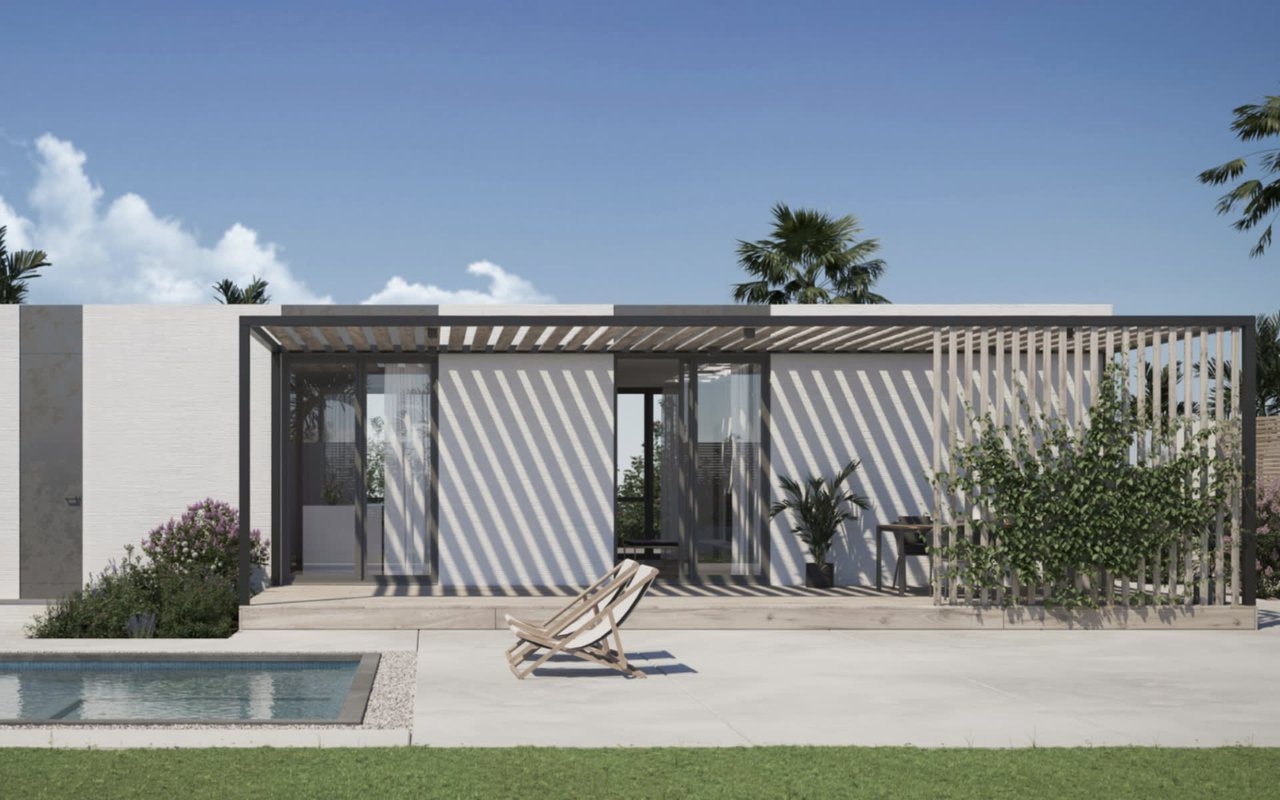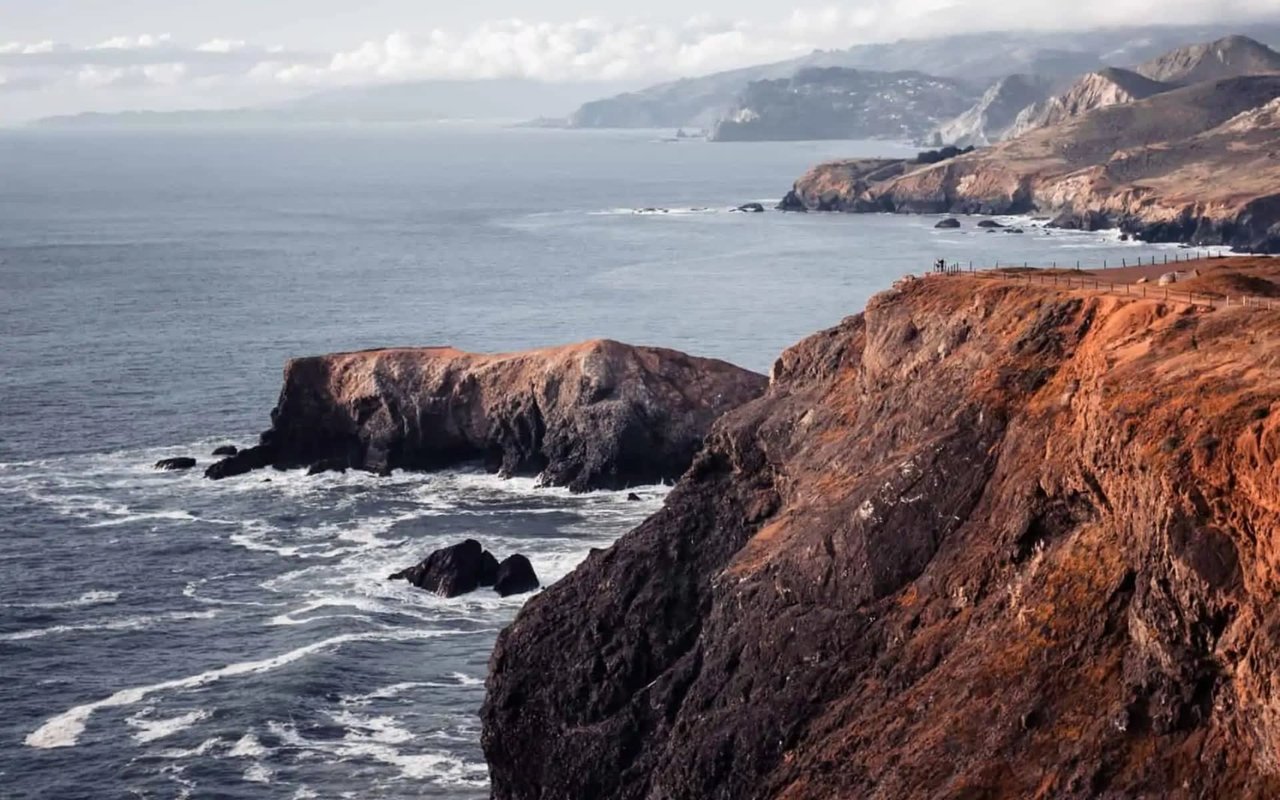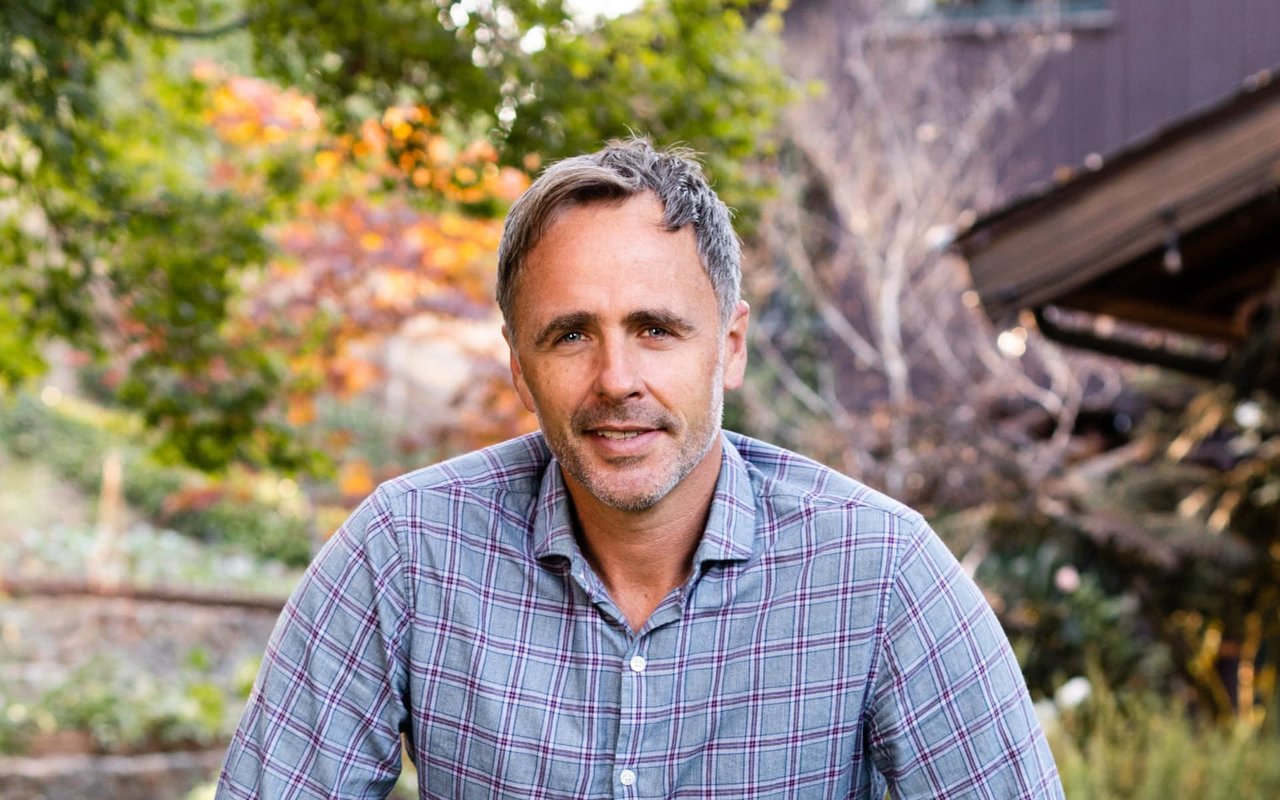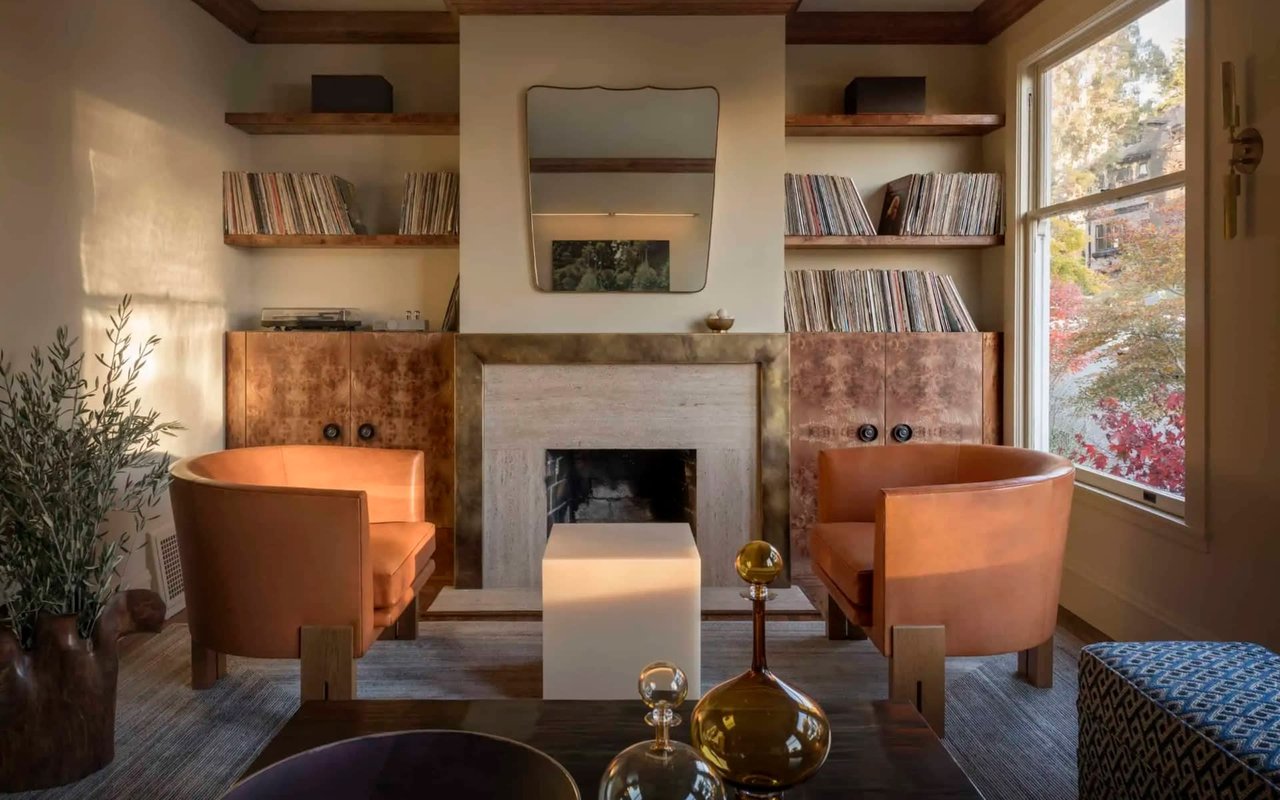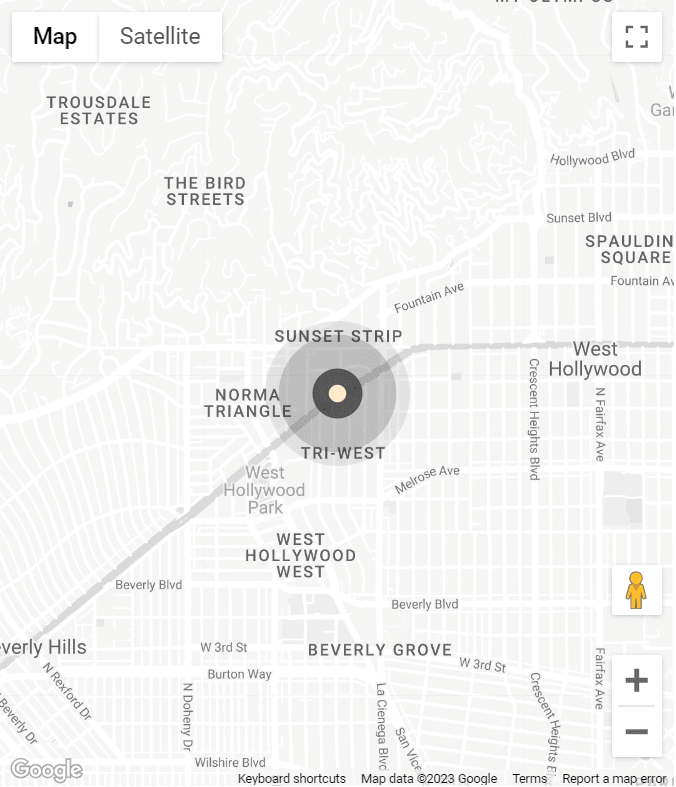Christian is an award winning landscape designer, licensed contractor and urban farmer. For over 22 years he has created beautiful and productive outdoor spaces. Combining his formal training in classical design and his passion for sustainable agriculture, Christian has created innovative landscapes in his native England, Jordan, Nepal, Australia and throughout the United States, with food at the heart.
Christian co-owned a design and fine gardening company in the U.K for 12 years, winning awards at the prestigious Chelsea Flower Show. His primary work focused on the redesign and construction of country estates and London Townhouses. Leaving the UK in 2008, he travelled the world learning strategies for farming and survival in desert environments while working and teaching for both for-profit and non-profit farms and education centers. He was constantly inspired by the common connection cultures have to their environment and growing food. This inspiration moved him to relocate to Marin County, in Northern California, in 2012, where he opened The Backyard Farm Co, an edible landscaping business that creates urban farms and teaches families how to grow their own food.
Q&A With Christian:
Can you tell us when landscape design and sustainability began converging for you?
After leaving my design firm in the UK I began a four-year self-study of regenerative land use and system design in drylands (much like California) around the world. I witnessed firsthand the effects of environmental and social decline caused by poor natural resource management. It was a paradigm shift. I never saw design again in the same way. I felt a responsibility to begin redefining our exterior spaces and neighborhoods into resource-producing eco-systems. Factoring in high-end design was the biggest (and non-negotiable) challenge. I am a visual artist at my core.
Your business incorporates both landscape design and farming – Are your clients mostly individuals or do you work on commercial projects, as well?
We work with primarily residential clients and have recently branched out into commercial spaces developing a rooftop garden for a large tech company campus in downtown San Francisco. Our clients typically have a strong sense of design and are excited to explore beyond the conventional ornamental landscape framework. I’m a proponent of creating outdoor environments that become places for relaxation, recreation, and reflection, but food and habitat need to play a significant role in the narrative, as we look ahead to the next decade. We have the creativity and drive to model this anywhere and look forward to exploring more with wineries, restaurants, developers, public spaces, and more corporate campuses in the years to come.
There has been a palpable shift in priorities over the last few months. How has this affected your approach?
While the backbone of our approach has remained largely the same, the demand and awareness for growing food closer to our built environment has increased significantly. Our dynamic team is made up of former commercial organic farmers and experienced designers and architects, so the feedback loop between both sides is invaluable to our project progression and design success.
Shelter in Place has been a unique experience for us all. What has been the most impactful change you have made since it started?
We have increased our own home food production by forty percent! It’s been transformational. We are now able to grow a significant portion of our household food and still have a surplus to share with friends and family. Cooking more at home, preserving fruits and vegetables, and exploring new recipes, has been something we don’t usually have time to do. We barely go to the grocery store anymore. That feeling of self-reliance calms the nerves. It also keeps us busy outside – exercising and breathing fresh air – which are great stress relievers.
Have you had any interesting requests from clients since SIP?
We have been commissioned to transition a water-thirsty lawned estate in Atherton to food production and habitat creation, woven together with a fantastic sculpture collection. It will become a playground for grandchildren and adults alike to play, explore, and use the natural resources more responsibly. There is nothing more compelling than partnering with clients who are as excited about growing food, reducing water consumption, and collecting art as I am. Those elements fuel our creative fire like nothing else.
What attracted you to California?
The climate in the Bay Area is near perfect for our design approach – farmers and designers alike. People are open to pushing the creative envelope a little more here, and we have a wonderful ten-month growing cycle. California also welcomes varied architectural styles, which creates endless opportunities for new and original works of art with each new landscape inquiry.
How would describe your style and approach?
I am particularly drawn to crafting narratives that connect deeply with memory. Stimulating sensuality and surprise. Curiosity and wonder. A series of new, yet familiar interconnecting spaces evocative of chapters in your favorite book. Our projects are highly personalized. We work extremely closely with our clients, forming creative partnerships which can take the design in a myriad of directions. The hallmark of a good designer is having the ability to adapt to, and carefully weave together, the idiosyncrasies of each environment and the personalities who call the space home.
Founder | Principal Designer
[email protected]
@christian_douglas_design
415.343.7855




